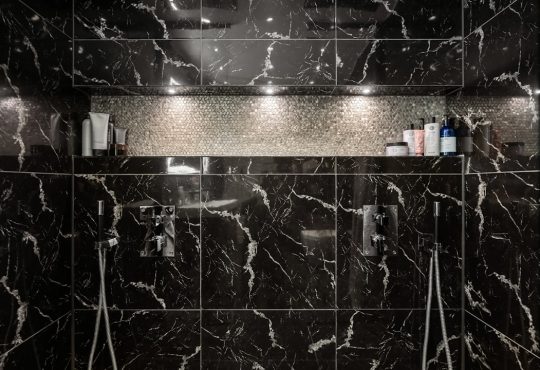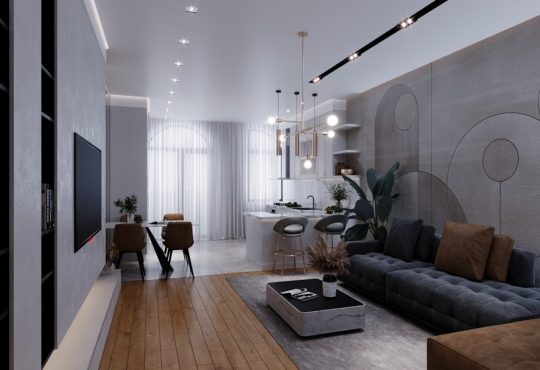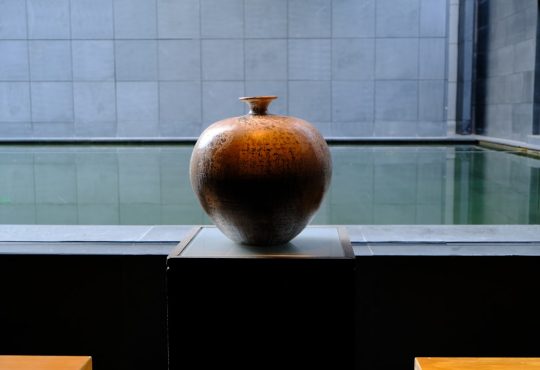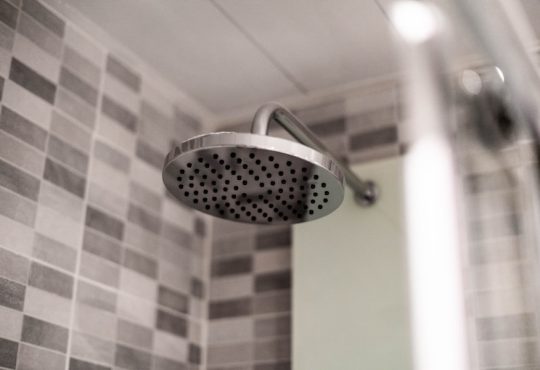
Unveiling the Art of Textile Selection: Elevating Your Interior Design with the Right Fabrics
When it comes to interior design, every detail matters. From the furniture to the accessories, each element contributes to the overall aesthetic and ambiance of a space. One often overlooked aspect of interior design is textile selection. The fabrics used in a room can make or break its design, adding texture, color, and pattern to create a cohesive and visually appealing space. In this article, we will explore the importance of textile selection in interior design and provide a comprehensive guide for choosing the right fabrics for your home.
The Importance of Textile Selection in Interior Design
Textiles play a crucial role in interior design as they have the power to transform a room. The right choice of fabrics can enhance the overall design, while the wrong ones can detract from it. Textiles add texture, color, and pattern to a space, creating visual interest and depth. They can also evoke different moods and emotions depending on their characteristics.
When selecting textiles for your home, it is important to choose high-quality fabrics that will stand the test of time. Investing in durable materials ensures that your textiles will maintain their beauty and functionality for years to come. High-quality fabrics are also more likely to be comfortable and easy to care for, making them a practical choice for everyday use.
Understanding Fabric Types: A Guide for Interior Designers
There are various types of fabrics available for interior design, each with its own characteristics and best uses. Understanding these fabric types can help interior designers make informed decisions when selecting textiles for their projects.
Cotton is one of the most popular fabric choices for interior design due to its versatility and affordability. It is soft, breathable, and easy to care for, making it suitable for a wide range of applications. Cotton can be used for upholstery, curtains, bedding, and more.
Silk is a luxurious fabric known for its lustrous sheen and smooth texture. It adds an elegant and sophisticated touch to any space. However, silk is delicate and requires special care. It is best used for decorative purposes such as curtains, pillows, and throws.
Linen is a natural fabric made from the fibers of the flax plant. It is known for its durability and breathability, making it ideal for upholstery, curtains, and bedding. Linen has a relaxed and casual look that adds a touch of rustic charm to a space.
How to Choose the Right Textile for Specific Rooms in Your Home
When choosing textiles for specific rooms in your home, there are several considerations to keep in mind. The function of the room, the amount of traffic it receives, and the desired aesthetic all play a role in determining the appropriate fabrics.
In living rooms and bedrooms where comfort is key, soft and cozy fabrics such as velvet or chenille are great choices for upholstery. These fabrics add a luxurious and inviting feel to the space. For curtains or blinds, consider using heavier fabrics such as brocade or damask to create a sense of elegance and privacy.
In kitchens and dining areas where spills are more likely to occur, it is important to choose fabrics that are easy to clean and maintain. Synthetic fabrics such as polyester or acrylic are stain-resistant and durable, making them suitable for upholstery or curtains in these areas.
The Role of Color and Pattern in Textile Selection
Color and pattern are important considerations when selecting textiles for your home. They can greatly impact the overall design and mood of a space.
When choosing colors, it is important to consider the existing color scheme of the room. You can either choose fabrics that complement the colors already present or use them as an opportunity to introduce new colors and create contrast. Neutral colors such as beige or gray are versatile and timeless, while bold colors such as red or blue can add a pop of excitement to a room.
Patterns can also add visual interest and personality to a space. When mixing patterns, it is important to strike a balance between bold and subtle. Too many bold patterns can overwhelm a room, while too many subtle patterns can make it feel dull. Mixing different scales of patterns, such as pairing a large floral print with a small geometric pattern, can create a harmonious and visually appealing look.
Mixing and Matching Fabrics: Tips and Tricks for a Cohesive Look
Mixing and matching different fabrics is a great way to add depth and interest to your interior design. However, it can be challenging to achieve a cohesive look with different textures and patterns.
One tip for mixing fabrics is to choose a common color palette. Select fabrics that share similar colors or tones to create a unified look. Another tip is to vary the scale of patterns. Pairing large-scale patterns with small-scale ones creates visual contrast and adds dimension to a space.
When mixing textures, it is important to consider the overall balance. Too many textures can make a room feel cluttered, while too few can make it feel flat. Mix different textures such as smooth velvet with rough linen or soft fur with sleek leather to create an interesting and balanced look.
Sustainable Textile Options for Eco-Friendly Interior Design
In recent years, there has been a growing awareness of the importance of sustainability in interior design. Sustainable textiles are made from environmentally friendly materials and produced using eco-friendly processes.
Organic cotton is one example of a sustainable textile option. It is grown without the use of harmful pesticides or synthetic fertilizers, making it better for the environment and safer for those who come into contact with it. Other sustainable options include bamboo, which is fast-growing and requires minimal water and pesticides, and recycled polyester, which is made from post-consumer plastic bottles.
Using sustainable textiles in your home not only reduces your environmental impact but also promotes healthier living conditions for you and your family. These textiles are often free from harmful chemicals and allergens, making them a safer choice for those with sensitivities.
Upholstery Fabrics: Finding the Perfect Material for Your Furniture
When it comes to upholstery fabrics, there are several considerations to make. Durability and comfort are key factors to consider, as furniture is often subjected to daily wear and tear.
For high-traffic areas such as living rooms or family rooms, it is important to choose upholstery fabrics that are durable and stain-resistant. Synthetic fabrics such as microfiber or polyester blends are a popular choice for these areas as they are easy to clean and maintain. Leather is also a durable option that adds a touch of luxury to any space.
For formal or decorative furniture, silk or velvet can add an elegant and sophisticated touch. However, these fabrics require special care and may not be suitable for everyday use.
Window Treatments: Choosing the Right Fabric for Your Curtains or Blinds
Window treatments play an important role in interior design as they provide privacy, control light, and add visual interest to a space. When choosing fabrics for curtains or blinds, there are several considerations to make.
Light filtering and privacy are important factors to consider when choosing window treatment fabrics. Sheer fabrics such as voile or lace allow natural light to filter through while still providing some privacy. For bedrooms or spaces that require complete darkness, blackout fabrics are a great choice as they block out light entirely.
In terms of style, the fabric you choose for your curtains or blinds can greatly impact the overall design of the room. Light and airy fabrics such as linen or cotton create a relaxed and casual look, while heavier fabrics such as velvet or brocade add a sense of elegance and formality.
Layering Textiles: Adding Depth and Texture to Your Interior Design
Layering textiles is a great way to add depth and texture to your interior design. By combining different fabrics, you can create a visually interesting and dynamic space.
One way to layer textiles is by using different textures. Pairing smooth and sleek fabrics with rough and textured ones creates visual contrast and adds depth to a room. For example, you can pair a velvet sofa with a chunky knit throw or a silk pillow with a faux fur rug.
Another way to layer textiles is by using different patterns. Mixing patterns can create a playful and eclectic look. However, it is important to choose patterns that complement each other and share a common color palette to avoid overwhelming the space.
Textile Care: Maintaining the Beauty and Longevity of Your Fabrics
Proper textile care is essential for maintaining the beauty and longevity of your fabrics. Different types of fabrics require different cleaning methods, so it is important to follow the manufacturer’s instructions.
For upholstery fabrics, regular vacuuming and spot cleaning are recommended to remove dust and stains. It is also important to rotate cushions regularly to prevent uneven wear. For more thorough cleaning, professional upholstery cleaning may be necessary.
Curtains and blinds should be regularly dusted or vacuumed to remove dirt and debris. Some fabrics can be machine washed, while others may require dry cleaning. It is important to check the care instructions before cleaning.
To maintain the beauty of your textiles, it is important to protect them from direct sunlight, as prolonged exposure can cause fading or discoloration. Using window treatments or UV-blocking films can help protect your fabrics from sun damage.
In conclusion, textile selection plays a crucial role in interior design. The right choice of fabrics can enhance the overall design of a room, adding texture, color, and pattern to create a visually appealing space. When choosing textiles for your home, it is important to consider factors such as durability, comfort, color, pattern, and sustainability. By carefully selecting and caring for your textiles, you can create a beautiful and functional space that reflects your personal style.
If you’re looking to elevate your interior design, choosing the right fabrics is crucial. In a related article, Agutonsky.com provides essential maintenance tips for window treatments. From cleaning to protecting, these tips will help you keep your curtains and blinds in pristine condition for years to come. Whether you have luxurious drapes or sleek roller shades, this article offers valuable insights on how to care for your window decor. Check out the article here: https://agutonsky.com/bescherm-en-verzorg-essentiele-onderhoudstips-voor-raamdecoratie/ and ensure your window treatments remain beautiful and functional.



